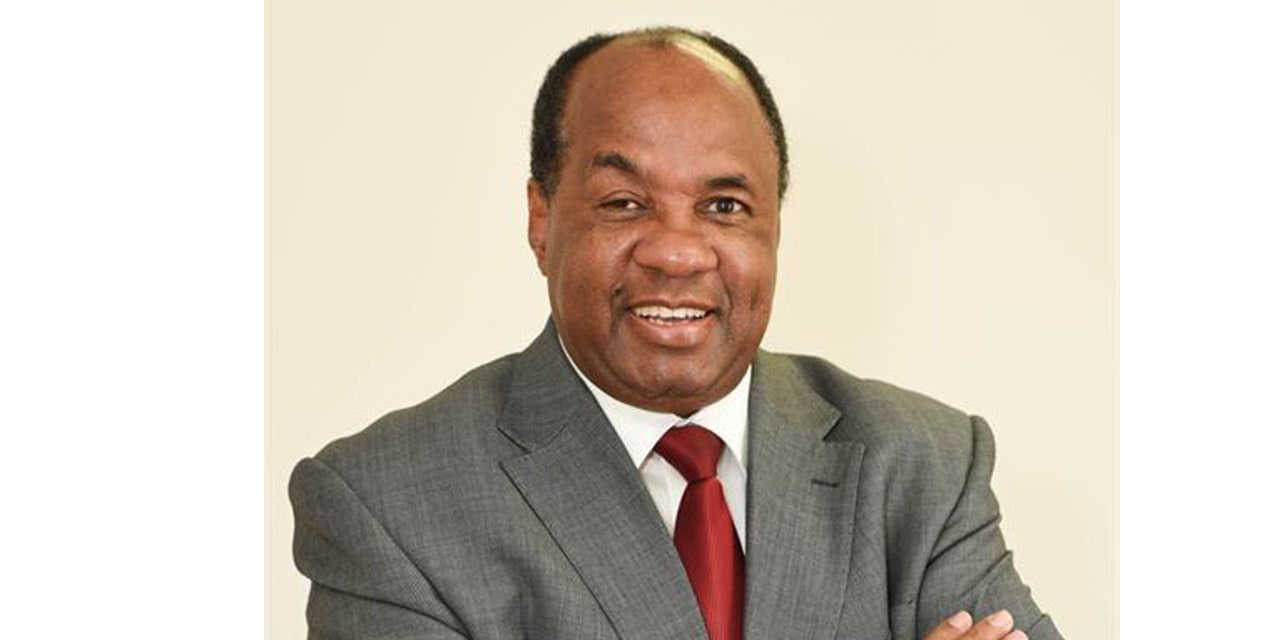Tujoromajo Kasuto
With South Africa’s Monetary Policy Committee having raised their repo rate by 50 basis points, economist from local research firm Simonis Storm, Theo Klein expects the Namibia Central Bank to follow suit with a hike of the same margin when the Monetary Policy Committee meets on 15 June.
Similar to other emerging markets, Namibia has a negative short-term real interest rate and a sizable positive real interest rate, Klein said.
Thus, short term rates represent central bank policy rates less current headline inflation, whereas long term rates are 10-year government bond yields less inflation.
Additionally, this is subsequent to the Rand having lost some ground but remains 1.5% stronger against the US dollar year-to-date, whereas the US dollar is six percent stronger YTD.
The South African Reserve Bank (SARB) hiked its repo rate by 50bps mid-May and S&P rating agency changed their outlook from stable to positive, which supported Rand strength towards the end of the month.
The Forward Rate Agreement (FRA) curve now factors in a 50bps hike in for the South African Reserve Bank’s July meeting, with a 92% probability of another 50bps hike in September according to Klein.
This development follows just as last week, Bank of Namibia’s, Governor Johannes !Gawaxab said another repo rate is “likely” to occur in order to protect the exchange rate’s peg to the Rand and begin normalising interest rates.
According to a BoN statement, the Monetary Policy Committee raised the repo rate in February and April of this year, and the Governor believes that this will “likely continue in order to protect the peg and prevent capital flight to other member states of the Common Monetary Area (CMA).”
One of the Bank of Namibia’s primary mandates is to contain inflation and ensure sustainable development through its monetary policy stance.
The Monetary Policy Committee raised the repo rate by 25 basis points in February 2022, followed by another 25 basis points in April 2022.
The Governor stated that four major developments are dominating the global and domestic economies: the Russia-Ukraine war, global interest rate increases, the re-emergence of Covid-19, and the threat of another global economic recession.
In this regard, the IMF reduces global growth projections for 2022 from 4.3 percent to 3.6 percent in April of this year, owing primarily to the war and supply chain disruptions.
Rising food and energy prices will dampen prospects for a stronger recovery in growth, likely exacerbating unemployment, poverty, and inequality in the country, according to !Gawaxab.
This comes as the Rand has averaged R15.87 against the US dollar during May 2022 following an average of 15.04 during April 2022.
The Rand has averaged R15.47 for the first two months of the second quarter of 2022 which is closer to Simonis Storm worst case scenario which forecasts an average of 15.85 against the US dollar.




